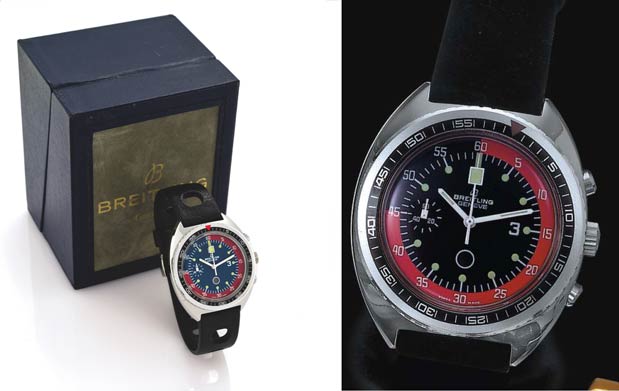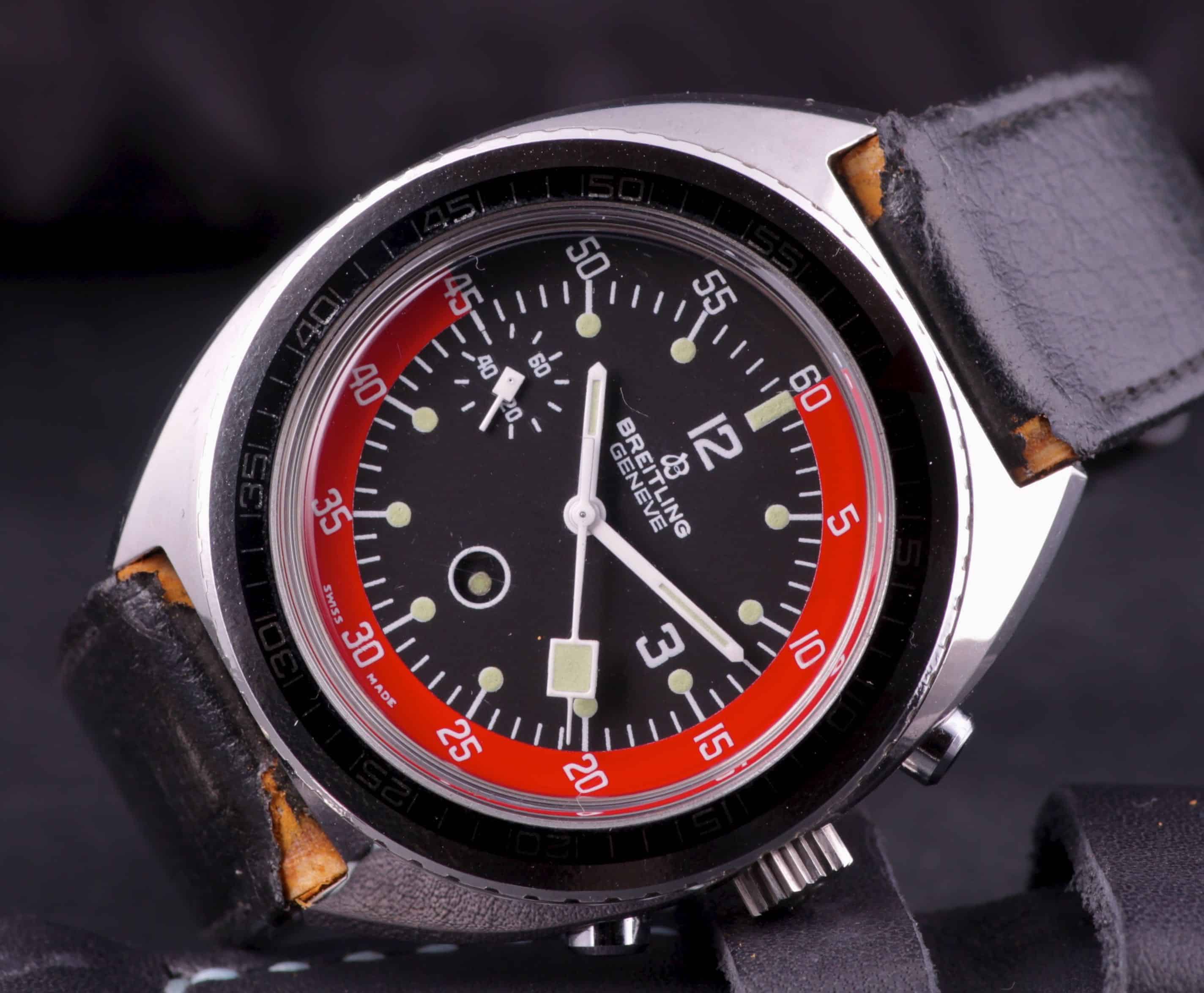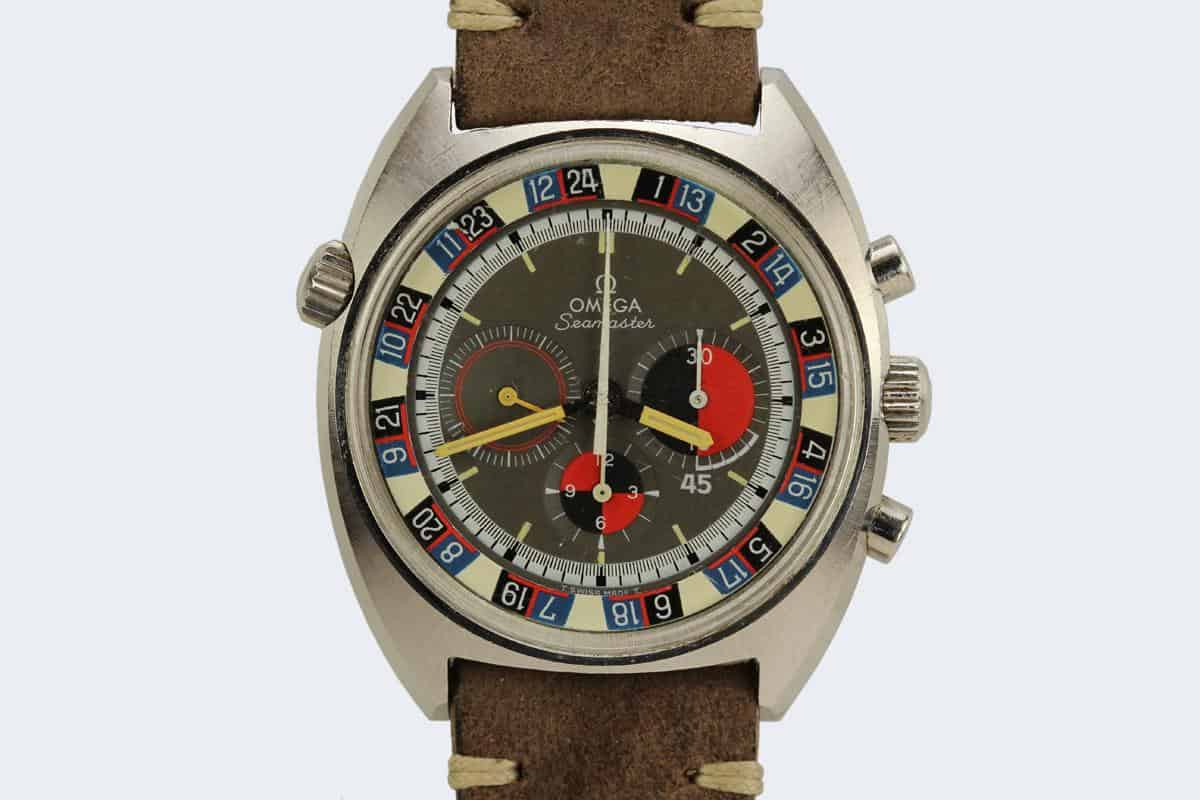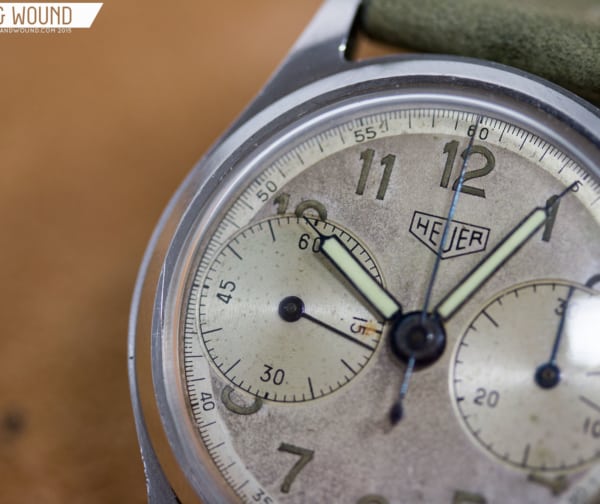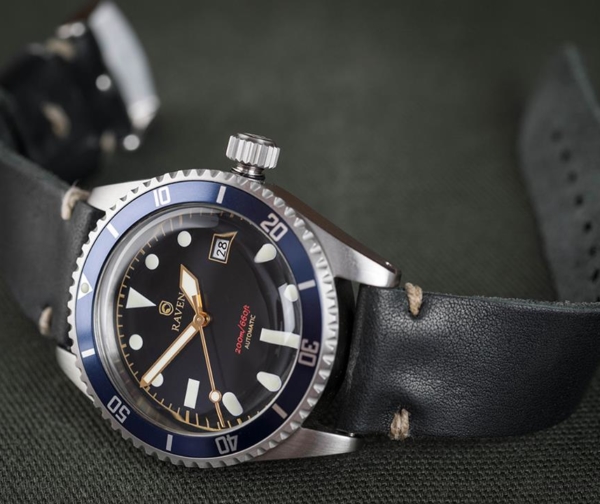A few months ago we began a series on unique, niche sports watches. That first article was about yachting timers. Here we present the second in the series, this time focused on football/soccer timers.
So, what exactly is a soccer timer? Put simply, it’s a watch that helps a soccer referee time a match. A soccer match has two 45-minute halves, so a chronograph with a 30-minute sub-dial is a reasonable timing mechanism (an ideal movement would have a 45-minute sub-dial, right?). We’ll also talk about a rugby timer later. That’s a bit of a challenge, because a rugby match is made up of halves lasting 40 minutes, not 45. Thus, a typical chronograph mechanism is not quite so well-suited to rugby, but we’re getting ahead of ourselves here.
If we’re talking about soccer timers, we might as well just be talking about the vintage offerings of two venerable contenders, Breitling and Omega. There have been other timers, particularly in the quartz era. And there are also some contemporary offerings by Graham and most notably Hublot, who explore the concept in some interesting ways. But to us, Breitling and Omega’s specialized mechanical chronographs represent the high water mark for this niche—frankly, in part because they’re vintage, and in part because they don’t overplay their hand with the design.









 Featured Videos
Featured Videos





